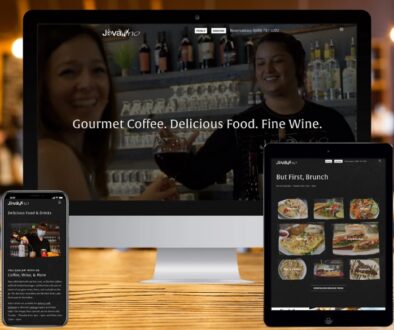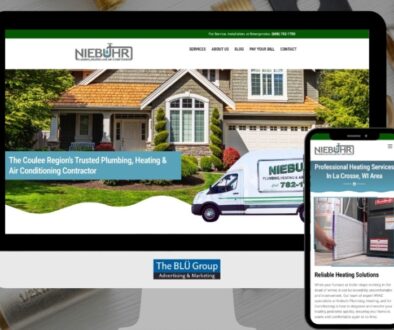Get More Business With LinkedIn
When LinkedIn went live in 2003, it made its mark as a place for professionals to network and job hunt. People signed up, posted their resumes and waited for good things to happen. Now the social networking site is evolving into a robust tool for helping individuals and businesses succeed.
That’s right, businesses. There are 2 million business pages on LinkedIn. Viewers can learn about a business, “follow it” to hear about its latest products, and of course, search for job openings. Many employees also are linked to their employer’s company page, making it easier for businesses to find connections and sales prospects.
If you’ve kept a passive LinkedIn account for years, consider strategies for using the service to benefit yourself and your company. “Is there a place for small business on LinkedIn? Absolutely, yes,” says Lori Ruff, a social media trainer who wrote the book Rock the World with Your Online Presence with her partner, Mike O’Neil.
“If you ask small business people where their business and leads come from, most will tell you it’s from referrals,” Ruff says. “They can mimic that same behavior in the online space, and they will be more successful because it just enhances everything. You can speak to 10 to 15 people at a networking event, but on LinkedIn you can speak to hundreds of people and tell them so much more.”
O’Neil and Ruff own Integrated Alliances, a consulting firm that trains people and companies on effectively using LinkedIn. Here they share their tips and tricks for boosting sales, finding new opportunities and making a better name for your company.
Spiff up your profile
Add detail to your job descriptions and make sure to use keywords that are relevant to your industry. That way, your name or company page will show up more often in search engines, says O’Neil. Include details like organizations you belong to, specific accomplishments, the value your company brings to clients and complete contact information so that people can reach you.
Use LinkedIn’s tools to their full advantage
Write a snappy headline and use the 120 available characters to describe what you do in an attention-grabbing way, Ruff says. Also, be sure to use all 2,000 characters allotted in the summary space under your bio. Compose an elevator pitch that tells prospects who you are and how you can help them. Then end with a call to action.
“That call to action really makes a difference,” Ruff adds. “You’re telling people, ‘Here’s how you can do business with us.’”
Build your network
At a minimum, your company should have 500 connections or followers to make sure you’re generating traffic to your profile or company page, O’Neil says. Once you achieve 500, aim for 1,000. The more people you’re connected to, the bigger your network—because your network is made up of your connections’ connections (second-degree connections) as well as their connections (third-degree connections).
When you meet someone at an industry or social event, drop him or her a personal note to connect. “It should be a regular process for you to invite people you meet. It just cements those relationships,” O’Neil adds. “Being connected on LinkedIn causes you to look at each other from a business perspective.”
Be a joiner
Connect with industry groups and organizations to which you belong or want to belong. All other members of these groups or organizations then become part of your network, even if you’re not directly connected to them. This vastly broadens the number of people who can see your profile or company updates, O’Neil says, and you can e-mail them through LinkedIn’s InMail.
Work the tools
Use your newly robust network for recruiting or sales. “Now we get to have some fun,” says O’Neil. “It’s like in sports—you’ve built the stadium and the team, and now the team is going to play.” LinkedIn can be used for territory selling; plug in a ZIP code and a few keywords to find prospects. Then you can view their profiles to gather information about them to use in sales calls, he says. The best part? It’s all free.
Reach out
Build stronger connections with your connections. Follow their companies and “like” their status updates. On a group’s page, join an ongoing discussion by making a comment. “It gets your name out there,” says Ruff. “Show yourself to be a listener—someone else commenting on the discussion posts will take notice of you.”
Eventually, you might find yourself with new clients, stronger relationships with your customers, and a whole different way of hiring new employees who can help grow your organization.
Suzy Frisch – FedEx Small Business Team
Suzy Frisch is a Twin Cities–based freelance writer. She’s covered business, politics, law and many other topics for a range of publications, including Twin Cities Business magazine, the Star Tribune and the Chicago Tribune.
Note: The opinions expressed in this article are those of the author and do not necessarily reflect the views of FedEx.



